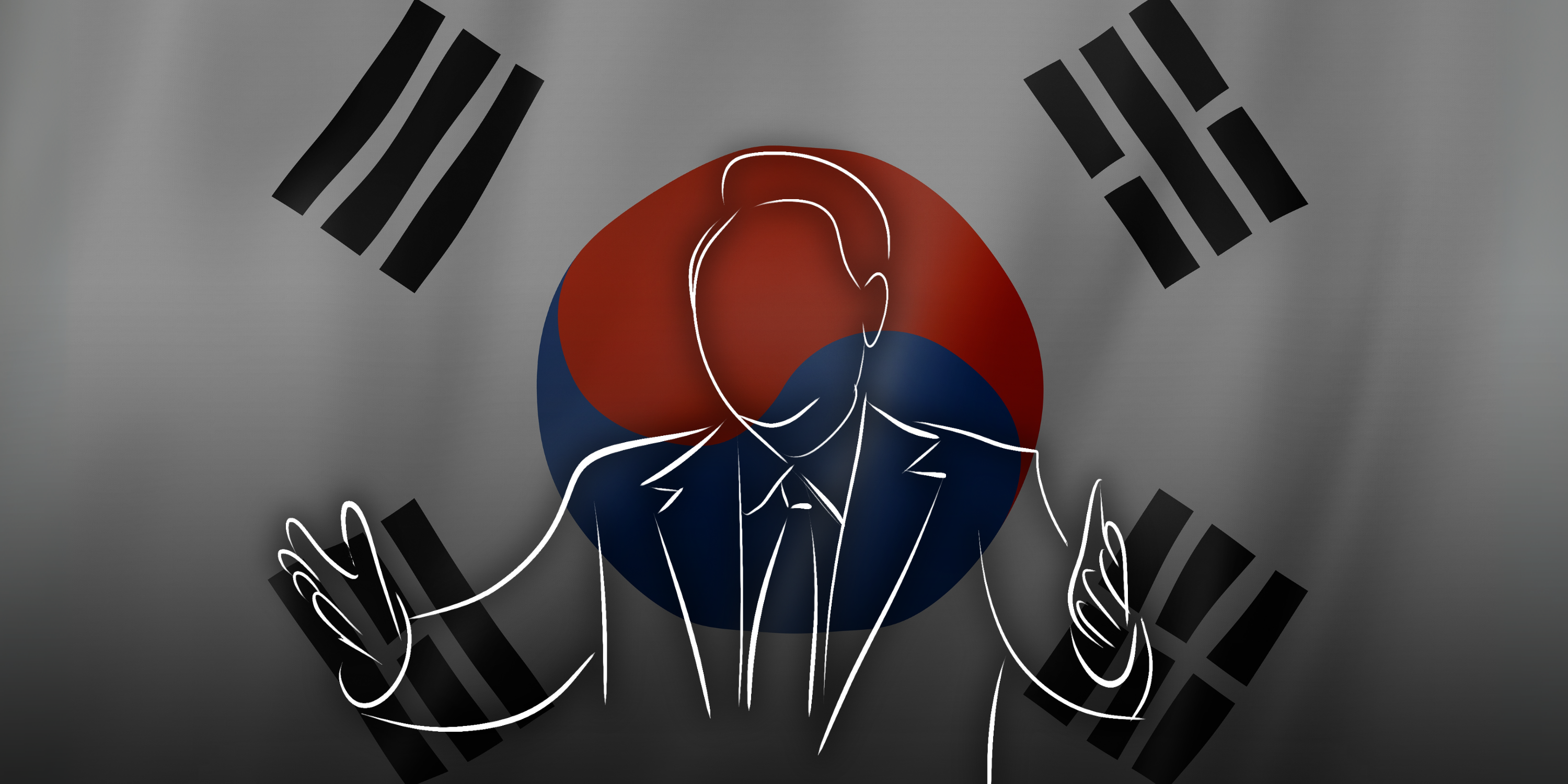This article benefited from research assistance by Patryk Szczotka.
Poland, being a relatively big country in Central and Eastern Europe (CEE), has over 400 higher education institutions, both public and private. For the purpose of this study, 121 major public universities and research institutions affiliated to the Polish Academy of Sciences have been identified, including 18 comprehensive universities, 18 technical universities, five economic universities, five pedagogical universities, six agricultural universities, and 69 research institutes. Combined, they represent the most important academic establishments in the country.
As Sino-Polish diplomatic relations experienced a period of rapid development throughout the last decade, so did academic ties between China and Poland. Thanks to FOIAs sent to all the institutions mentioned above and additional open-source research, over 600 ties with Chinese academic entities have been identified in Poland. Among those, the majority has taken the form of MOUs and other formal cooperation agreements, mostly regarding exchange of scientific experience, organization of conferences and other events, academic mobility, and joint research. In some cases, double degree programs were also established in different variants (2+2, 3+1, etc.). Formalization of bilateral cooperation was oftentimes facilitated by the pre-existing agreements in the framework of Erasmus+, the European Commission’s program to support internationalization of education.
One of the major trends evident in the analysis of academic ties between Polish and Chinese institutions in the past decade is a relatively high level of official engagement, yet without considerable results at the macro level. This reflects the overall trend of intensifying bilateral and multilateral ties between Poland and China, following the latter’s establishment of the 16+1 platform for cooperation with CEE countries and the inauguration of the Belt and Road Initiative (BRI). These initiatives created a lot of hype but did not lead to many tangible results for Poland. Nevertheless, in terms of formal cooperation, many ceremonial meetings have taken place. In March 2012, an agreement on cooperation in the area of higher education between the Polish Ministry of Science and Higher Education and the Chinese Ministry of Education came into force. Both parties have agreed to promote joint scientific research, support direct cooperation between higher education institutions, and exchange experience, information as well as didactic materials. They have also committed themselves to sending up to 40 persons for studies or academic scholarships held in both China and Poland, with the sending party ensuring the payment of grants to cover costs of living of those sent abroad. Mobility of academic teachers focusing on Chinese and Polish languages has been also officially endorsed, with specific provisions facilitating their exchange. Moreover, ministerial-level Poland-China Scientific and Technological Committees were regularly held with the purpose of exchanging information on science and technology policy, discussing joint projects and deepening bilateral cooperation.
In the following years, given the new impetus, Polish universities began to sign numerous formal cooperation agreements with their Chinese counterparts. Most of them have been very general in terms of content, with MOUs usually expressing the willingness of both parties to foster bilateral ties and facilitate the exchange of people and ideas. Multilateral cooperation has also been strengthened with the establishment of the Sino-Polish University Consortium, linking 15 Chinese and 11 Polish academic institutions under the BRI umbrella. Poland’s major public institutions supporting research, such as the National Centre for Research and Development (NCBR) or the National Science Center (NCN), have also established special grants for bilateral projects with Chinese partners. For example, in 2016 NCBR issued a call for Polish-Chinese joint research projects in the areas of ICT, energy technology, environmental technology, and material science. Meanwhile, NCN, in cooperation with the National Natural Science Foundation of China (NSFC), created a new funding mechanism for Polish-Chinese research teams called SHENG, aimed at supporting projects in natural, engineering, life, and management sciences. In general, technical universities seem to be more research-oriented in their cooperation with China, while others focus on student and staff exchange or general exchange of academic experiences. The overall numbers of Chinese students studying in Poland continued to grow over the years, with some institutions hosting annually up to several hundreds of them prior to the pandemic.
Transparency
When it comes to transparency of Sino-Polish academic ties, Poland’s two highest-ranked academic institutions, University of Warsaw and Jagiellonian University, both declined to answer the FOIAs citing the lack of particular importance of the requested information to the public interest. Overall, the level of openness displayed by Polish universities in communicating their level of engagement with China varied, with some institutions keen to share their data, while others remained cautious. A few of them demanded remuneration for their efforts to compile the data. Only a few FOIAs were left without any answer. When this occurred, additional data was derived from sources such as the rector’s annual reports, publicly available on the universities’ websites. However, those were often not very detailed and included only limited information regarding cooperation with Chinese entities. Thus, it could be assumed that the actual scope of cooperation between Polish and Chinese academic institutions, measured by the number of documents signed, might in fact be even wider. Only three institutions out of 121 declared that they had absolutely no ties with academic entities from China. Interestingly, although open sources suggest that Huawei has cooperated extensively with Polish academic institutions, only Warsaw University of Technology acknowledged that, yet without disclosing any details about the nature of their cooperation.
When it comes to Chinese soft power, most widely associated with Confucius Institutes (CIs), their popularity continued to grow throughout the last decade. As of 2022, there are six of them in Poland, affiliated with Jagiellonian University in Kraków, Adam Mickiewicz University in Poznań, Opole University of Technology, University of Gdańsk, University of Wrocław, and Warsaw University of Technology. There are also several Confucius Classrooms, a smaller version of CIs, established at AGH University of Science and Technology in cooperation with Chongqing University of Science and Technology, and at Białystok University of Techology in cooperation with Beijing University of Technology and Opole University of Technology. Jan Kochanowski University in Kielce declared that in 2019 it opened a Confucius Classroom in cooperation with Jagiellonian University, but it stopped operating in 2021.There are at least three other Confucius Classrooms affiliated with private universities (Vistula University, SWPS University and Jagiellonian Collegium in Toruń).
Security
When it comes to security implications of academic cooperation with Chinese institutions, many of the identified links have been established with entities ranked by the ASPI China Defense University Tracker to be of very high risk and having top-secret security credentials. Those included Beijing Institute of Technology (with formal ties with Gdańsk University of Technology, Poznań University of Technology, University of Gdańsk, Warsaw University of Technology, and Wrocław University of Science and Technology); Harbin Institute of Technology (cooperating with the Institute of Fundamental Technological Research of the Polish Academy of Sciences); Beihang University (with links to the Institute of Nuclear Physics of the Polish Academy of Sciences and Wrocław University of Science and Technology); Nanjing University of Aeronautics and Astronautics (with Warsaw University of Technology) and Northwestern Polytechnical University (also with Warsaw University of Technology). All these institutions belong to a group known as “Seven Sons of National Defense”, a cluster of universities subordinate to the Ministry of Industry and Information Technology of the PRC, with strong ties to the defense industry and a track record of espionage and other violations of international law. When it comes to examples of joint projects implemented with those institutions, the Polish Academy of Sciences was granted over 2 million PLN (over 450,000 USD) through SHENG mechanism to research topological materials with potential applications in the production of memory units and devices for quantum computing in cooperation with Beijing Institute of Technology. Moreover, Lublin University of Technology was also granted a similar sum to work with Northwestern Polytechnical University on new sources of electricity.
Awareness of potential dangers associated with cooperation with this kind of institutions seemed to be low, however. The vast majority of Polish entities which answered the FOIAs declared not to have any specific security screening mechanisms to assess cooperation with their Chinese counterparts. When it comes to good practices, University of Łódź is a rare case of an academic institution which has a security procedure in place when it comes to assessing risks and opportunities stemming from cooperation with China: Centre for Asian Affairs, a research unit opened at the University of Łódź in 2015, has been involved in the process, writing recommendations regarding specific initiatives. Apart from that, the majority of universities declared that they implemented “standard procedures” when cooperating with Chinese entities.
Conclusions
One of the key takeaways from the analysis of academic cooperation between Polish and Chinese institutions is that despite many contracts signed, the results of cooperation in most areas have been limited, with many agreements remaining very vague while close to no lists of results of cooperation are available. Some of the Polish universities even expressed a feeling of disappointment, claiming that “good intentions” were the only substance of cooperation with Chinese entities. Last decade was a period of increased interest in strengthening ties with the PRC, however, at least some part of it was motivated by an overall push to internationalize academic ties of Polish institutions for the sake of better rankings. From this perspective, signing agreements with Chinese institutions was not necessarily about achieving strategic goals, but rather about fulfilling certain quotas. In this context, while cooperation with China should not be demonized, its implications and end goals should be better understood.






